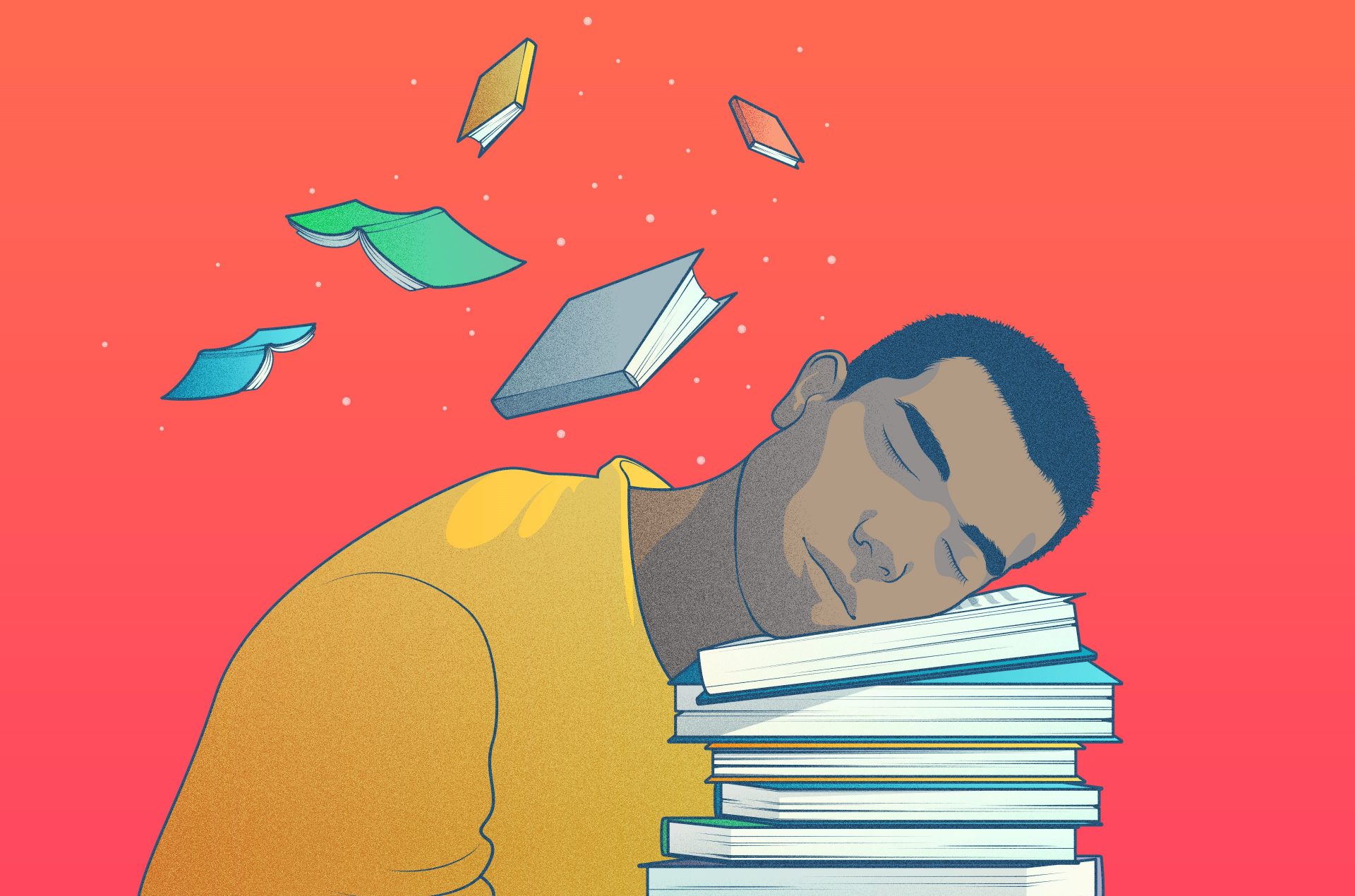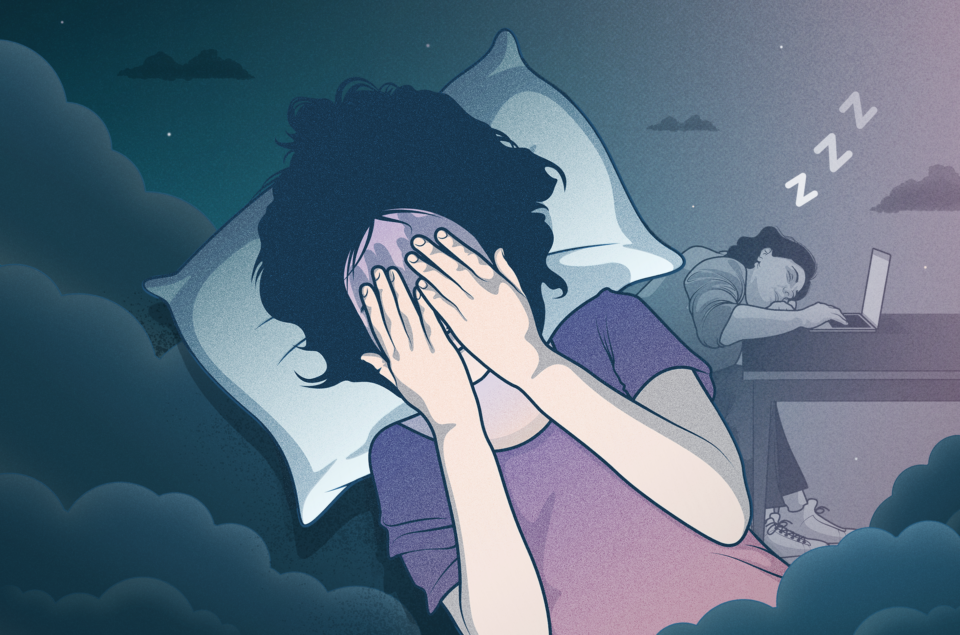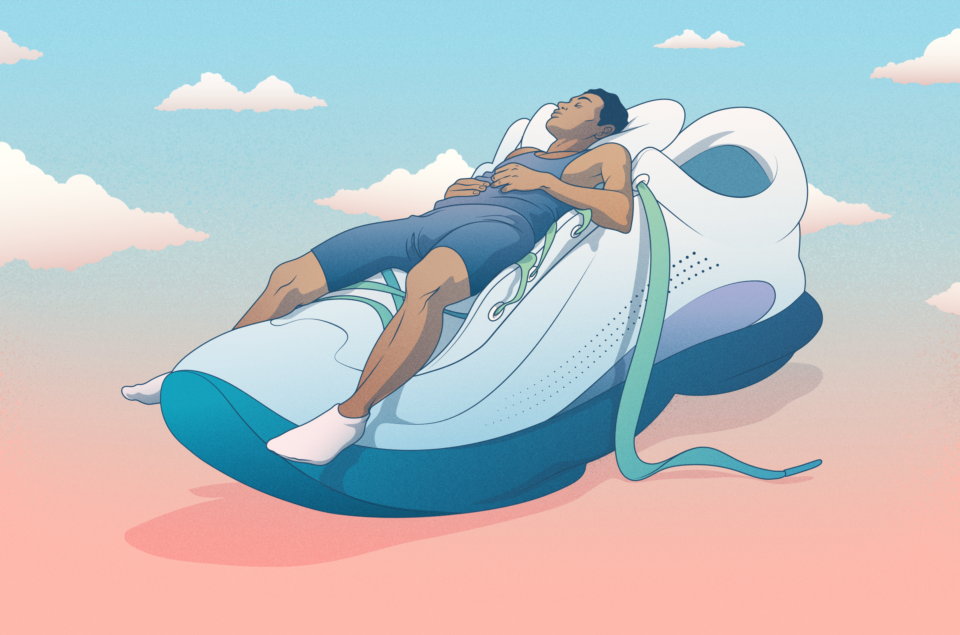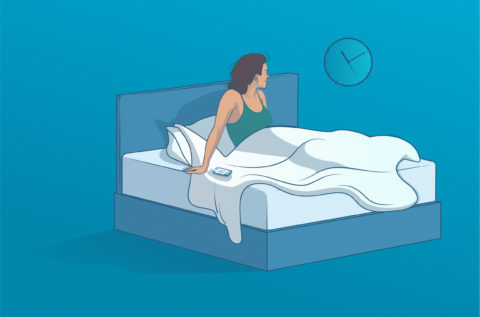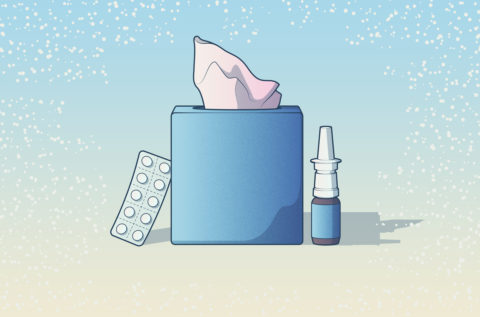Quick tips and health benefits of power naps
Picture this all-too-frequent scenario: It’s 2:30 p.m. on a Wednesday afternoon. Your eyelids are becoming increasingly heavier. You can feel your productivity quickly dwindling. And worst of all, you still have an overwhelming number of tasks to check off your to-do list by the end of the day.
To solve the problem, you take a power nap, yet wake up feeling groggy, disoriented and somehow, even more tired than before. You begin to wonder if it was even worth it.
Experts say yes. “When we are awake, sleep pressure, an unconscious biological response that makes us want to fall asleep builds up,” says Dr. Frida Rångtell, who holds a Ph.D. in sleep and memory. “When we nap, sleep pressure is released, increasing cognitive function, performance and memory while reducing stress and sleepiness.”
Quick tips for a productive power nap
A successful power nap should leave you feeling refreshed and prepared to cruise through your to-do list in no time. As it turns out, there are a few things that could be hindering your power-napping powers. The next time your post-lunch yawns start to set in, consider these three go-to tips for a productive power nap:
1. Start with a Cup of Coffee
Most of us reach for a cup of coffee to wake up, but few realize that it’s also the secret sauce for a successful nap. Enjoying a coffee 15-20 minutes before lying down helps to prevent the brain from absorbing adenosine, a chemical that causes drowsiness and sleep. By the time you wake up the caffeine will have kicked in, providing an extra jolt of energy.
2. Set the Stage
Research suggests that noise-free, dark and cool (60-67 degree Fahrenheit/15-22 degree Celsius) environments are most conducive to a productive power nap or sleep. “It can feel impossible to try to ‘turn off’ the buzzing brain during the day, enough to fall asleep,” says Dr. Rångtell. “If that is the case, I suggest you try to wind down before attempting to sleep. Perhaps try a short meditation, go for a walk outside, or listen to calm music.”
“If you have been trying to fall asleep for longer than you’d like, but still can’t seem to relax and go to sleep, it can be a good idea to get up,” suggests Rångtell. “To aid sleep, the sleeping space should be used for sleeping, and when we can’t sleep and start to worry, we start to relate that place to worry instead of the ability to relax and to sleep. We can’t push ourselves to fall asleep, only create as good conditions as possible.”
3. Timing is Everything
Power naps that exceed 20 minutes can increase sleep inertia, or in layman’s terms — give you that heavy feeling after you wake up. Sleep inertia happens when you awake from a deep sleep. “Taking longer naps on a regular basis has also been correlated with negative health outcomes, including increased cardiovascular risk, cognitive decline and increased mortality,” says Rångtell.
Experts tell us that maximum recharging during a power nap is achieved by going from stage 1 sleep (that lovely ‘drifting off’ feeling) to stage 2 (slowdown of brain activity). To ensure you are hitting the power nap ‘sweet spot,’ set your alarm for 15-20 minutes. The exception to this rule is if you’re sleep-deprived and have the luxury of being able to nap long enough to complete a full sleep cycle, which is at least 90 minutes.
The best time to nap is between 1 p.m. – 3 p-m. when most of us experience a natural dip in energy. Power napping any later than 4 p.m. could potentially interfere with your circadian rhythm or internal body clock. Looking for additional tips? You can get personalized insights into your sleep with the Sleep Cycle app.
The health benefits of power naps
It is possible to say that power naps provide the restorative benefits of sleep without impact directly on our ability to fall asleep at night (if we follow the mentioned tips). Research shows clear evidence of how power naps can also be beneficial for your health and lead to improvements in:
- Alertness and productivity: although for a short period of time, a power nap can help recover that productivity we may lose after lunch. For shift workers, it has been proved that scheduling power naps enhances the reaction time at work, especially at night.
- Cognitive functions – Memory retention and learning: a 2018 study demonstrated that taking a one-hour afternoon nap enhances memory to the same extent as when that hour is spent engaging in further learning in college students.
- Strengthening the immune system, reducing stress: too much to do? You should probably take a break. Power napping can have stress-releasing effects and boost your immune system from the extra energy you get from it.
- Reducing cardiovascular diseases: a 2019 study followed Swiss adults who took 1–2 naps per week over a period of 5 years. It was found that they had a lower risk of heart disease than those who didn’t nap.
- Psychomotor skills: examining older subjects, a study found out that increased sleep from power naps resulted in enhanced psychomotor performance immediately after and throughout the next day.
Are you doing it right? Think about the way you feel
Beyond all these health benefits, Dr. Rångtell suggests that you think about why you feel a need to take a power nap. Are you usually very tired during the day? Taking a nap when you haven’t slept well the night before can be a relief in the short term, but for the long term, is there anything in your sleep habits and routines that you can improve in order to promote a healthy night’s sleep and to decrease daytime sleepiness? She recommends seeking professional help to rule out sleep disorders or other diseases if you are experiencing sleep problems or fatigue on most days.
While there are many benefits to power napping, those who suffer from insomnia or have trouble sleeping at night may want to steer clear of midday napping as it could further interrupt sleep at night. A refreshing walk or time in the sunlight are great alternatives, along with meditation as it provides rest by slowing down brainwaves!
